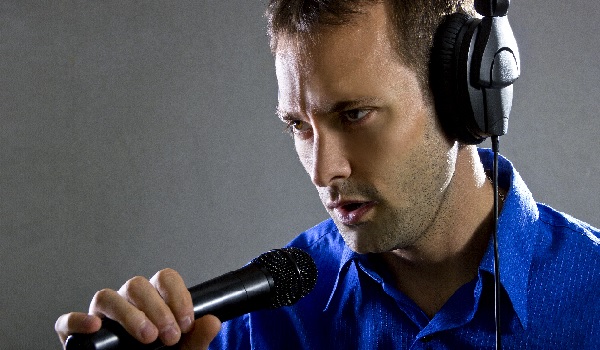How AI voice technology could disrupt your brand’s personality
After a decade of brands being tried and tested by social media, another new medium is set to challenge brand integrity: AI-powered voice technology. This new voice-controlled world will not only test brand differentiation, but also how enduring a brand’s relationship is with its consumers.
Tone of voice has long been an essential component of a brand development, helping marketers embody and express the personality of their brand, largely via the written word. Before the rise of Facebook, Twitter and other social media this was a straightforward exercise, developing a brand’s tone of voice safe in the knowledge that all text written for advertisements, marketing collateral, website content, or for press use, would be carefully reviewed, checked and approved against those guidelines. Smart brands have since extended their brand identity guidelines to help them manage how they communicate via social media, where brand communications can be free-flowing conversations that are not planned in advance, regulated by the letter and can be disrupted by consumers.
Now, another new medium is set to challenge brand integrity. A disruptive force that could wreak havoc on carefully crafted communications guidelines and brand management methodologies: voice technology. The rise of voice assistants, voice-controlled devices and 24-hour a day, on-demand voice content is going to stretch even the most agile marketing organisations as they are forced to re-examine what their brand’s tone-of-voice really means to them. This is a new world where your computer, mobile, home electronics, home automation, security and even your car are going to be voice-controlled. From a consumer point of view, this means that , in the near future, product discovery, pre-purchase research, second opinions, price comparison, buying transactions, user manuals and after-sales service will all be enabled by voice automation, voice content and AI-powered voice.
Industry estimates put the number of installed smart home devices that are controllable through a voice assistant at 65 million. The means to control these devices and those across retail, workspaces, entertainment, healthcare and many other sectors is currently an open battleground, with Amazon, Google, Microsoft and Samsung competing for the spoils. According to IHS Markit, there were an estimated 4 billion AI-powered digital assistants by the end of 2017, to include voice-controlled speakers like Amazon Alexa and Google Home, plus mobile assistants like Apple’s Siri, Microsoft’s Cortana and Samsung’s Bixby.
Amid the rush to take advantage of voice technology, create voice-friendly content and innovate new ways of making brands accessible via voice, brands will need to figure out what the impact of this new medium is on their communications, tone-of-voice and brand personalities. As we’ve already seen with social media, interactive voice communications will prove to be disruptive to tradition marketing campaigns. The always-on, on-demand nature of voice content means that consumers remain in charge of brand interactions. Consumers choose when to interact a brand, the level and duration of interaction and the starting point for that interaction, which may not be ideal from a marketer’s point of view.
In the short term, much interactive voice content owned by brands will be intrinsically linked to a third-party brand: the delivery platform. Most interactive content delivered by digital assistants is still voiced by one of the manufacturers’ standard personas (as it happens, most of them female). Alexa has one single persona per language, plus a second English language persona with a British English accent. Brand content voiced by Alexa sounds like Alexa, brand content voiced by Cortana sounds like Cortana, and so on. This is going to be a powerful motivator for more brands to develop there own personas to help differentiate their voice content and optimise brand experience.
Take P&G’s global safety razor brand Gillette, for example. The brand most famous for the tagline ‘The Best a Man Can Get’. Any Alexa content developed by Gillette for men – for the sake of argument, let’s say ‘101 great shaving tips for men’ – could be voiced by Alexa’s standard female persona. However, this would provide a stark contrast with the male voice talent that consumers associate with Gillette’s TV and video advertisements. So, that is, perhaps, a clear imperative for the brand to develop content with a ‘Gillette-owned’ voice. Even then, the dynamics of user interactions with that brand content are very different from those with a 30 second video commercial.
As voice technologies become more pervasive, brands will need to consider a wide range of tactics to help keep their brand personality alive. The likes of Coca Cola, BMW or McDonalds may well choose to patent their own AI voices in order to protect their brand identities. Just as we now recognise a voice when a friend calls us on the phone or from across the room, we may, in time, recognise some brands by their voices too. And, just as people choose the friends that they want to spend time with, consumers will choose the content that they want to interactive with most often. The biggest fans of your brand’s dramatic 30 second ad voice-over star, may well be less enthusiastic if they have to interact with the same voice persona for an extended period. In fact, for some brands, this could be a bit like the trials and tribulations of social media all over again.
Tags: Alexa, Carrington Malin, voice experience



